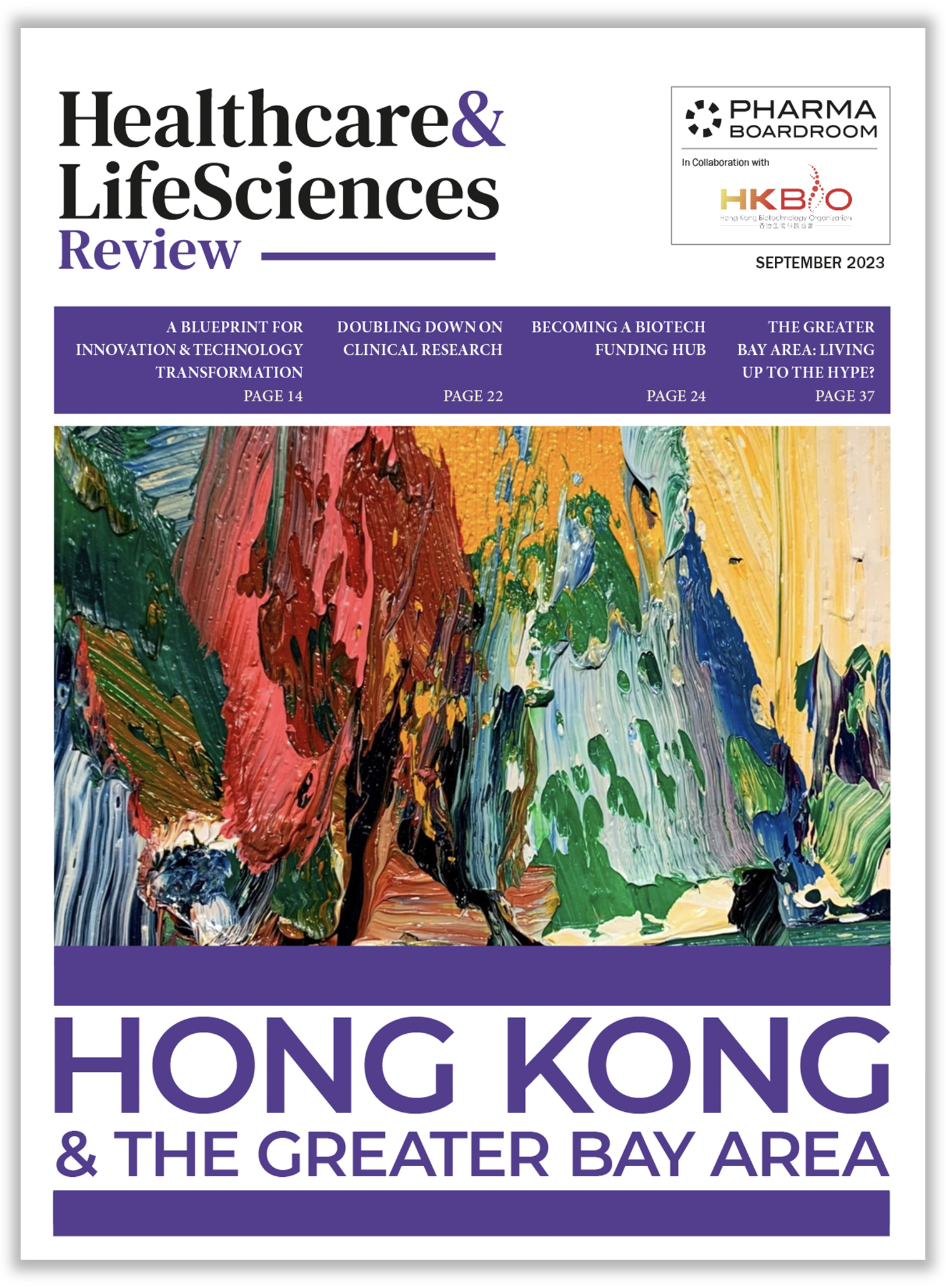Genzyme has pioneered the development and delivery of transformative therapies for over 30 years. Now part of the Sanofi group, as SanofiGenzyme, it benefits from the reach and resources of one of the world’s largest pharmaceutical companies with a shared commitment to improving the lives of patients. The general manager for Italy and Malta discusses the importance of the Italian operations to the group and how the Sanofi acquisition has leveraged Genzyme’s specificity in the market.
Could you please give us an overview of Genzyme Italy?
Genzyme Italy was founded in the city of Modena in 1992. The company was created scouting the Italian market with one product, which eventually became Cerezyme, for the treatment of Gaucher disease. Since then Genzyme Italy has strengthened its portfolio with other products for rare diseases, renal diseases, oncology and bio-surgery. After the Sanofi acquisition in 2011 the portfolio was reorganized to leverage the best synergies and currently our focus is on rare diseases, multiple sclerosis, oncology, and transplants, with immunology our next frontier.
What have been some of the challenges the company has faced since its establishment in Italy?
In 2009 some manufacturing problems in the US forced the company to reduce the availability of our main product, Cerezyme. Apart from the major financial impact worldwide, we went through a very delicate period as we were not able to supply products.
We have always had a very strong sense of purpose. Our commitment to bring treatments to our patients is one of our top priorities; therefore not being in a position to do this to full capacity put us in a very difficult and frustrating situation. What really counts for us is “why” we do things; not only “how” and “what” we do.
After a considerable amount of turmoil in the stock market when our stock lost more than half of its market value, the acquisition by Sanofi allowed us to rebuild our manufacturing capacities which permitted us to get back to business and start a new era.
How does the acquisition by a big group like Sanofi fit with Genzyme’s portfolio? What’s the company’s new role in the group?
The integration with Sanofi was managed with high attention and great vision by the Sanofi top leadership. A very smart approach was adopted to leverage Genzyme’s specific capacities within the group. Being acquired by a big pharma company like Sanofi was initially a point of concern given the company’s biotech mentality in a growing market. It’s always complicated to implement the processes and procedures of a company that has a very different structure and organization. Nonetheless, the success of this integration was achieved by merging the specificities and adopting the best qualities from both organizations.
At the end of 2015 plans were in place for the Genzyme structure to evolve into a Specialty Care Unit of the Sanofi Group: SanofiGenzyme is now in charge of the rare disease, multiple sclerosis, oncology, and immunology specialty care portfolio of the group.
How do you see revenue generation changing in the next few years especially with the restructure of Sanofi?
All the portfolios we manage are growing at a really positive rate. The recently launched MS products will take a progressively increasing part of the pie which is currently dominated by rare diseases. However, rare diseases will continue to grow and will always remain a key focus for us. There is indeed still a lot to do in that area.
Immunology and developments in oncology will mark our growth too.
How strategically important is the Italian operation in relation to what Genzyme is doing regionally and globally?
Italy is one of the markets with the highest penetration and top results in Europe. Due to the high scientific competence of the Italian physicians, Italy remains a key strategic market, not only in terms of revenues, but also in terms of research opportunities.
Which other peculiarities of the Italian system have caused the decentralization of an innovative R&D-driven firm in terms of market access?
Italy, unfortunately, is not the fastest country in positioning innovative products or speeding up access. It can take months for a product to be granted access to the Italian market after it has been approved at a European level and even at an Italian central level. The regionalization of the healthcare system in Italy can create serious issues for patients, treated differently region by region. It is not surprising to hear stories about patients forced to change their residence in order to get access to the product they need; sometimes because of a couple of kilometers difference between one region and another.
How is your relationship with AIFA, the Italian counterpart of the US FDA?
There have been different positive developments within AIFA recently, as some processes are becoming more and more effective. The efficiency of the Italian system is a challenge at a price level: it is around 20 -30 percent lower than in other countries like France, Germany or the Netherlands. From a transnational perspective it may become an issue to invest in Italy, as the level of investment that can be driven in a country with these characteristics could be a disadvantage. The regional set up in Italy has developed a lot of local processes: for clinical studies, for instance, we have a complicated approach with each and every hospital because of the fragmentation of the Evaluation Committees. The lengthy approval process for trials and assays is discouraging companies from conducting them here. This is clearly a pity as the country could miss out on great opportunities.
What are Genzyme’s strategies to respond to the challenges in the local market?
One of our major concerns is the level of economic resources, as this situation isn’t likely to improve in the near future. Obviously everybody hopes that the Italian internal income will grow, however, even if it does, it will hardly be sufficient to cover all the increasing costs of healthcare not only related to new drugs progressively reaching the market but also in terms of population coverage. The Italian health system is available to all citizens and residents and in recent years immigration has had a huge impact too.
This is why it’s important to bring innovative solutions that can contribute to the overall efficiency of the system; focusing less on the pure cost of drugs and more on putting them in the perspective of the total Healthcare cost and even to the general social expenditure.
Reducing hospitalization, rapidly identifying diseases, and avoiding or reducing disabilities are not only medical targets but often have an economic impact too.
We are currently supporting several educational programs with physicians and national scientific societies, addressing improvements in diagnosis, treatment and follow-up. Our aim is to help physicians improve their community network approach to manage the clinical complexity of super-specialized products.
Additionally, our medical research team is focused on supporting both interventional clinical trials and diagnosis programs with major university centers across Italy.
What are Genzyme’s key differentiators in comparison with its competitors?
Patient centricity is a concept that many pharma companies promote nowadays, but for SanofiGenzyme it has been a long standing tradition. It’s not only about having a good relationship with the patient associations, that’s a given fact. What makes a difference is listening carefully to patients’ needs and sharing the drivers, the successes, and the failures. It’s not only about considering patients’ needs in general, but considering their individual needs. Each patient is unique, and the future of medicine will undoubtedly take that direction.
Looking into the future, where do you see SanofiGenzyme in next three to five years?
We are now a strong part of the Sanofi Group. We have some breakthrough products coming soon so we are indeed bringing something different to the table.
We aim to make a difference – this is our purpose, our tradition, and will remain our commitment towards patients and caregivers.







